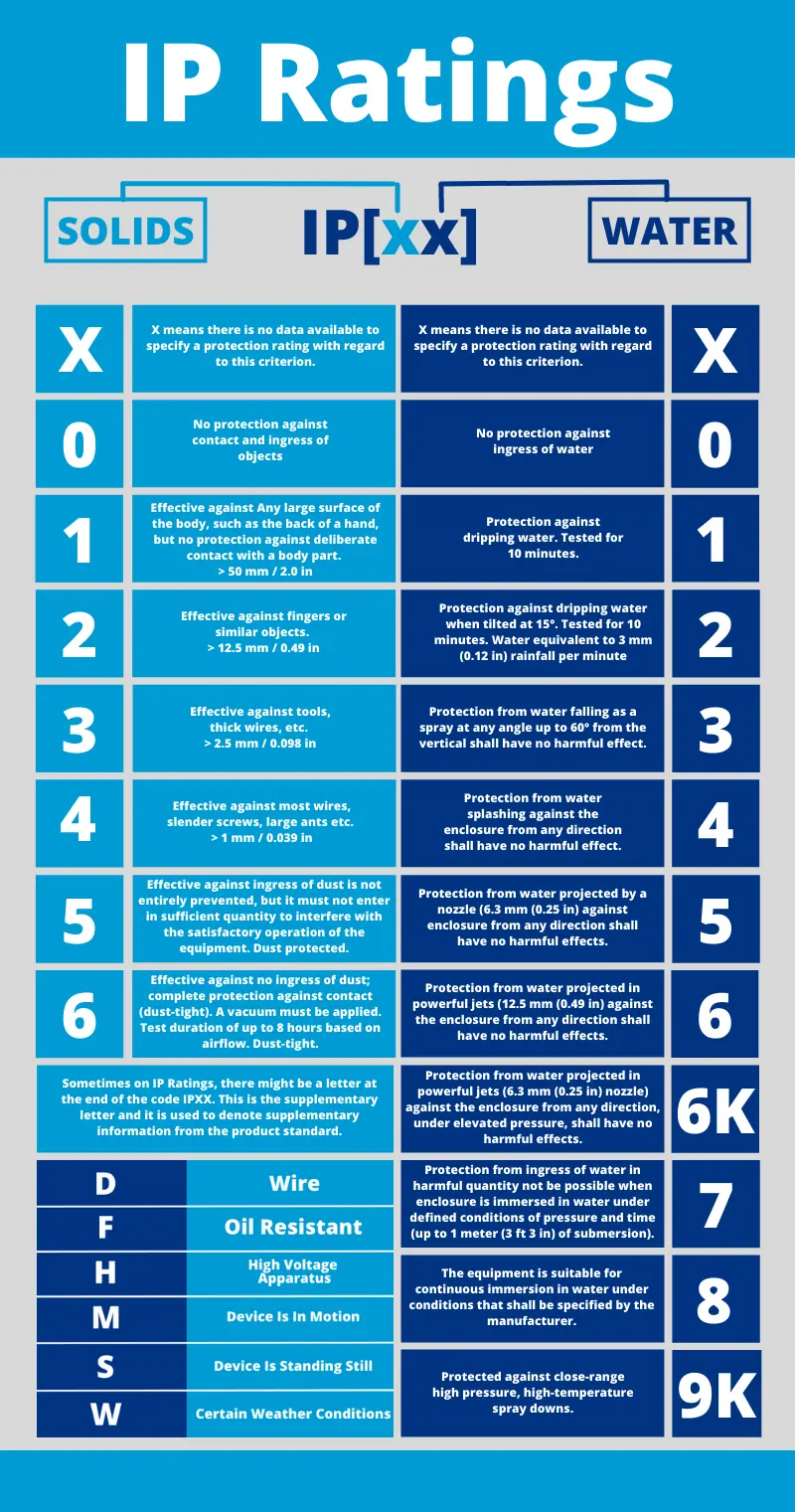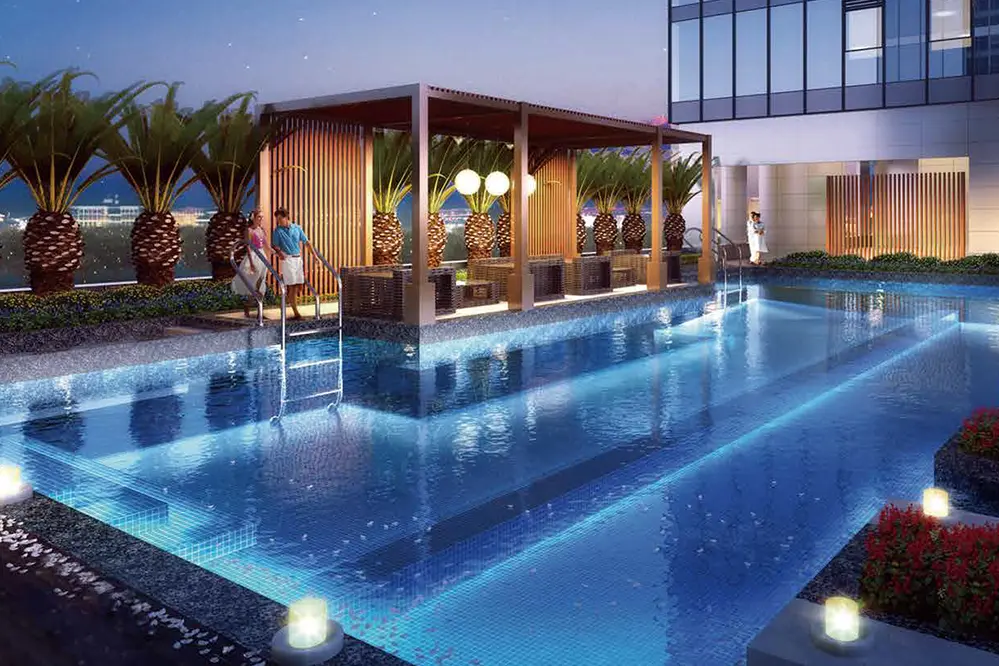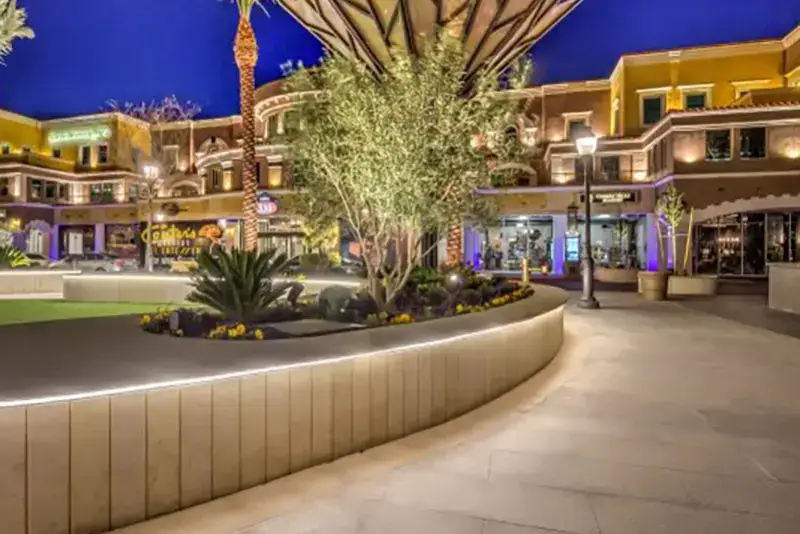Welcome to our blog post on LED strip lights! If you’ve ever wondered whether these lights are waterproof, you’ve come to the right place. As lighting enthusiasts and professionals, we have the expertise to provide you with the answer you’re looking for.
LED strip lights can indeed be waterproof. These versatile lighting solutions are available in various IP (Ingress Protection) ratings, which indicate their level of protection against solids and liquids. Depending on the IP rating, LED strip lights can be resistant to water splashes, moisture, or even submersion. It’s important to choose the right IP rating based on your specific needs and installation environment.
In this blog post, we’ll delve deeper into the topic of LED strip lights and their waterproof capabilities. We’ll explore the different IP ratings, discuss the factors to consider when choosing waterproof LED strip lights, and provide useful tips for installation and maintenance. So, if you’re interested in learning more about LED strip lights and how to make them waterproof, keep reading!
What Are IP Ratings and Why Do They Matter?

Ingress Protection (IP) ratings are a standardized system used to determine the level of protection provided by electronic devices against solids and liquids. For LED strip lights, IP ratings are particularly important as they indicate the lights’ waterproof capabilities. The IP code consists of two digits, each representing a specific aspect of protection.
The first digit in the IP code represents the degree of protection against solids, such as dust and debris. It ranges from 0 to 6, with higher numbers indicating a higher level of protection. For example, an IP6X rating means the LED strip lights are completely dust-tight and offer full protection against solid particles.
The second digit in the IP code represents the level of protection against liquids, including water. It ranges from 0 to 8, with higher numbers indicating a higher level of protection. For LED strip lights, the most common liquid protection ratings are IPX4, IPX5, IPX6, and IPX7.
Let’s take a closer look at some specific IP ratings and what they mean for LED strip lights:
- IP65: This rating indicates that the LED strip lights are dust-tight and protected against low-pressure water jets from any direction. It means that the lights are resistant to dust ingress and can withstand water splashes, making them suitable for outdoor use or areas prone to moisture.
- IP67: LED strip lights with an IP67 rating offer complete protection against dust and can withstand temporary immersion in water up to 1 meter. This level of protection makes them ideal for applications where the lights may come into contact with water, such as in bathrooms or outdoor installations exposed to rain.
Understanding IP ratings is crucial when selecting LED strip lights for specific environments. By considering the IP rating, you can ensure that the lights are suitable for the conditions they will be exposed to. For example, if you plan to install LED strip lights in an outdoor setting where they may be exposed to rain or high humidity, choosing lights with a higher IP rating, such as IP65 or IP67, will provide the necessary waterproofing.
When it comes to selecting LED strip lights for indoor use or areas with minimal exposure to moisture, a lower IP rating may be sufficient. However, it’s always advisable to choose lights with a higher IP rating if you want to ensure long-lasting performance and protection against unexpected water exposure.
By understanding IP ratings and their significance, you can confidently choose LED strip lights that meet your specific waterproofing needs. Whether you’re looking to enhance your outdoor landscape or create a stunning lighting display in a bathroom, selecting the appropriate IP rating will ensure that your LED strip lights can withstand the environmental conditions they will be subjected to.
Choosing the Right IP Rating for Your Environment

When selecting LED strip lights, it’s crucial to consider the environment in which they will be installed. Factors such as indoor or outdoor use, exposure to moisture or dust, and the specific requirements of your application play a significant role in determining the ideal IP rating.
To help you make an informed decision, here’s a comparison table of common IP ratings and their suitable conditions:
| IP Rating | Protection Level | Suitable Conditions |
|---|---|---|
| IP20 | No protection against water or dust | Indoor use, dry environments |
| IP65 | Dust-tight, protected against low-pressure water jets | Outdoor use, areas prone to splashes |
| IP67 | Dust-tight, protected against immersion in water up to 1 meter | Outdoor use, areas exposed to heavy rain or moisture |
| IP68 | Dust-tight, protected against continuous immersion in water | Submersible applications, underwater installations |
By considering the specific environmental conditions and requirements of your project, you can choose the right IP rating to ensure the longevity and performance of your LED strip lights.
Installation Best Practices for Waterproof LED Strip Lights
Proper installation is crucial to maintain the waterproof properties of LED strip lights. By following these best practices, you can ensure a successful installation that maximizes the longevity and performance of your lights.
First and foremost, it’s essential to clean and dry the installation surface thoroughly before applying the LED strip lights. Any dust, dirt, or moisture on the surface can compromise the adhesive and affect the overall adhesion of the lights. Use a soft cloth and a mild detergent to clean the surface, ensuring it is completely dry before proceeding with the installation.
Next, secure the lights in place using appropriate mounting brackets or adhesive tapes. Mounting brackets provide a sturdy and reliable option, especially for long-term installations. Adhesive tapes, on the other hand, offer a more flexible and convenient solution for temporary or shorter-term applications. Make sure to choose mounting brackets or adhesive tapes that are suitable for the specific environment and surface where the LED strip lights will be installed.
To maintain the waterproof integrity of the lights, it’s crucial to seal all connections properly. Use waterproof connectors or silicone sealant to ensure a tight and secure seal. This step is particularly important for outdoor or wet environments where the lights may be exposed to rain, splashes, or high humidity. By sealing the connections, you prevent water ingress and protect the electrical components of the LED strip lights.
Consider using waterproof enclosures or channels for added protection, especially in areas where the lights are exposed to direct water contact. Waterproof enclosures provide an extra layer of shielding, ensuring the lights remain safe and functional even in challenging conditions. These enclosures are particularly useful for outdoor installations, such as along swimming pools, gardens, or pathways.
Lastly, always follow the manufacturer’s instructions when installing LED strip lights. Each product may have specific guidelines or recommendations that are crucial for proper installation and optimal performance. If you are unsure about any aspect of the installation process, it’s advisable to consult a professional or seek assistance from an experienced electrician or lighting specialist.
By adhering to these installation best practices, you can ensure that your waterproof LED strip lights are securely and effectively installed, providing reliable and long-lasting illumination in any environment.
How to Maintain Your Waterproof LED Strip Lights
Regular maintenance is essential to prolong the lifespan and optimize the performance of your waterproof LED strip lights. By following these tips, you can keep your lights in excellent condition and ensure they continue to provide reliable illumination.
First and foremost, clean the lights periodically using a soft, lint-free cloth and a mild detergent. Avoid using abrasive materials or harsh chemicals that may damage the waterproof coating or the LED chips themselves. Gently wipe the surface of the lights to remove any dust, dirt, or grime that may have accumulated over time. This simple cleaning routine helps maintain the clarity and brightness of the lights.
Inspect the lights regularly for any signs of damage, such as loose connections or cracks in the waterproof casing. Address any issues promptly to prevent further damage or potential safety hazards. Tighten any loose connections and replace any damaged components as necessary. By addressing these issues early on, you can prevent more significant problems and ensure the continued functionality of your LED strip lights.
Check the power supply and wiring regularly to ensure they are in good condition and properly sealed. Examine the power cords, connectors, and any junction boxes to ensure they are securely connected and protected from moisture. Any exposed or damaged wiring should be repaired or replaced promptly to maintain the safety and performance of the lights.
If you notice any malfunctioning or flickering lights, troubleshoot the issue by checking the connections, power supply, and controller. Ensure that all connections are secure and that the power supply is providing the correct voltage and current. If the problem persists, consult the manufacturer’s troubleshooting guide or seek assistance from a professional electrician or lighting specialist.
By following these maintenance tips, you can ensure that your waterproof LED strip lights continue to provide reliable and long-lasting illumination. Regular cleaning, inspection, and maintenance will help maximize the lifespan and performance of your lights, allowing you to enjoy their benefits for years to come.
Advanced Tips: Enhancing the Waterproofing of Your LED Strip Lights
If you require additional waterproofing measures for your LED strip lights, consider implementing these advanced tips to enhance their waterproof capabilities:
1. Use supplementary sealants: In addition to the inherent waterproofing of LED strip lights, you can apply a layer of waterproof sealant, such as silicone, along the edges and connections of the lights. This extra layer of protection provides added resistance against water ingress, ensuring the longevity and durability of the lights in challenging environments.
2. Upgrade to higher IP-rated accessories: To achieve complete waterproofing throughout your entire lighting system, consider using IP68-rated connectors, power supplies, and controllers. These accessories are specifically designed to provide superior protection against water and other liquids. By upgrading to higher IP-rated accessories, you can ensure that every component of your LED strip light setup is adequately waterproofed.
3. Custom solutions for challenging environments: In some cases, extreme environments or unique applications may require custom waterproofing solutions. If you find yourself in such a situation, it is advisable to consult with lighting professionals who have expertise in waterproofing. They can provide tailored solutions that address the specific challenges of your environment, ensuring optimal performance and longevity of your LED strip lights.
By implementing these advanced tips, you can significantly enhance the waterproofing capabilities of your LED strip lights. Whether you need additional protection for outdoor installations exposed to heavy rain or for applications in highly demanding environments, these measures will help safeguard your lights and ensure their performance even in the most challenging conditions.
Real-world Applications of Waterproof LED Strip Lights

Waterproof LED strip lights have a wide range of real-world applications, showcasing their versatility and practicality. Let’s explore a few examples:
Residential Bathrooms: Waterproof LED strip lights are a popular choice for illuminating various areas in residential bathrooms. They can be used to provide task lighting around bathroom mirrors, accent lighting in shower niches, or even as under-cabinet lighting in vanity areas. The waterproof properties of these lights ensure safe and reliable illumination in wet environments, adding both functionality and aesthetics to the space.
Outdoor Landscapes: Transform your outdoor spaces with the enchanting glow of waterproof LED strip lights. These lights can be used to highlight architectural features, such as the outline of a building or the edges of a pathway. They can also be installed along garden borders or patio edges to create stunning lighting effects. With their ability to withstand exposure to the elements, waterproof LED strip lights are an excellent choice for enhancing the ambiance and visual appeal of outdoor landscapes.
Commercial Settings: Bars, restaurants, and clubs often utilize waterproof LED strip lights to create vibrant and dynamic lighting designs. These lights can be installed behind bars to create an eye-catching display, under counters to provide subtle illumination, or along ceilings to enhance the overall ambiance of the space. The waterproof properties of these lights ensure their durability and reliability in commercial settings where moisture or spills may occur.
These real-life examples demonstrate the versatility and practicality of waterproof LED strip lights in various settings. By exploring these applications, you can gather inspiration for your own lighting projects and unleash the creative potential of waterproof LED strip lights.
Conclusion
This comprehensive guide has covered the critical aspects of waterproof LED strip lights, from understanding IP ratings to installation and maintenance. Armed with this knowledge, you are better equipped to choose and use LED strip lights that meet your waterproofing needs. Remember to consider the specific environmental conditions, select the appropriate IP rating, and follow best practices during installation and maintenance.
For more insights or assistance, feel free to explore our other blogs or get in touch directly. Illuminate your spaces with confidence and enjoy the benefits of waterproof LED strip lights!





